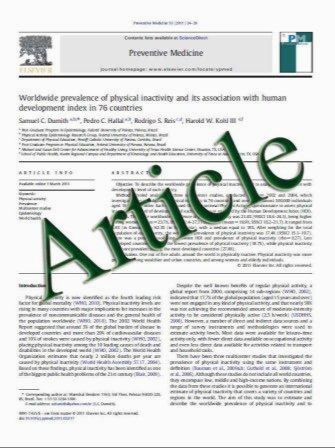Is There Any Difference in Outcomes Between Long Pigtail and Short Flanged Prophylactic Pancreatic Duct Stents?
- نوع فایل : کتاب
- زبان : انگلیسی
- مؤلف : Shahzad Iqbal Shashin Shah Vasudha Dhar Stavros N. Stavropoulos Peter D. Stevens
- چاپ و سال / کشور: 2010
Description
Objective Prophylactic pancreatic duct (PD) stent placement has been shown to reduce the incidence of post-ERCP pancreatitis (PEP) especially in high-risk patients. However, there is no consensus on the best type of PD stent. The purpose of our study was to evaluate the differences in the outcomes between long ([3 cm) pigtail and short (B3 cm) flanged 4 Fr Freeman Pancreatic Flexi-Stents in preventing PEP. Methods We retrospectively reviewed all ERCP procedures performed between 08/01/2006 and 10/01/2007 by one of two experienced endoscopists ([5 years of experience) with the assistance of a trainee. Patient data was collected for indications, risk factors for PEP, type and reason for PD stent, complications, and any mortality. The PD stent was removed endoscopically if it was still in place on abdominal X-ray done 2 weeks post-ERCP. The data was analyzed with Student’s t test, Chi-square, and ANOVA tests by using SPSS software version 15.0. Results Out of a total of 753 ERCP procedures, 179 (23.8%) required either long or short prophylactic PD stents. The incidence of PEP was 3.7% versus 13.6% for long and short stent groups, respectively (p = 0.019). Spontaneous stent dislodgement rate was 95.4% versus 81.8% for long and short stent groups, respectively (p = 0.007). There was no difference in non-pancreatic complications between the two stent groups. There was no procedure-related mortality. Conclusions Long ([3 cm) pigtail PD stent due to their specific design showed better outcomes as compared to short (\3 cm) flanged PD stent in preventing PEP and spontaneous stent dislodgement rates. However, further prospective trials are needed.
Dig Dis Sci (2011) 56:260–265 DOI 10.1007/s10620-010-1262-x Received: 8 December 2009 / Accepted: 20 April 2010 / Published online: 13 May 2010


